On this article we will discuss upcoming changes regarding definitions of conductors and cables for the 2018 Canadian Electrical Code Part I (CE Code). In June of this year the Technical Committee for the CE Code voted on and agreed to the following definition changes in Section 0 of the CE Code:
Conductor — a conductive material that is constructed for the purpose of carrying electric current. a wire or cable, or other form of metal, installed for the purpose of conveying electric current from one piece of electrical equipment to another or to ground.
Bare conductor — a conductor having no covering or electrical insulation.
Covered conductor — a conductor covered with a dielectric material having no rated dielectric strength.
Insulated conductor — a conductor covered with a dielectric material having a rated dielectric strength.
Cable — a complete manufactured assembly of one or more insulated conductors which may also include optical fibres, fillers, strength members, insulating and protective material, having a continuous overall covering providing electrical, mechanical and environmental protection to the assembly.
Jacket — a non-metallic covering on a cable which provides mechanical and environmental protection for the cable.
Wire — see Conductor.
Rationale for the Change
The use of the words “conductor” and “cable” is not consistent throughout the CE Code, SPE-1000 Model Code for the field evaluation of electrical equipment, and the safety standards for electrical products (Part 2 product standards). The proposal was intended to provide separate dedicated definitions to recognize the differences between conductors and cables, and to provide a framework to develop proposals to address conditions for the use of these defined products throughout the CE Code.
During the development of the proposal it became clear that simply adding a definition for the word “cable” was not enough; as a result, the proposal expanded to included definitions for “bare conductor”, “covered conductor”, “insulated conductor”, “jacket” and “wire”. One significant impact will be how we apply the requirements in cable tray. As an example, the new definition allows the CE Code Section 12 subcommittee to work on new wording to recognise the different application for cables installed in cable tray as opposed to conductors installed in cable tray.
The reworded definition of conductor is now limited to the conductive material (aluminum, copper, etc.) used to carry electric current. The new definition for bare conductor recognises a conductor that does not have a covering or electrical insulation, these would typically be used for bonding and grounding. The new definition for covered conductor recognises a conductor that is covered with a dielectric material that does not have a rated dielectric strength; covered conductors are typically used inside distribution equipment and for overhead high voltage installations. The new definition for insulated conductor recognises a conductor covered with a dielectric material that does have a rated dielectric strength. Examples of insulated conductors are RW90XPLE, T90 Nylon, RPV, TW75, etc. Insulated conductors are typically installed in a raceway.


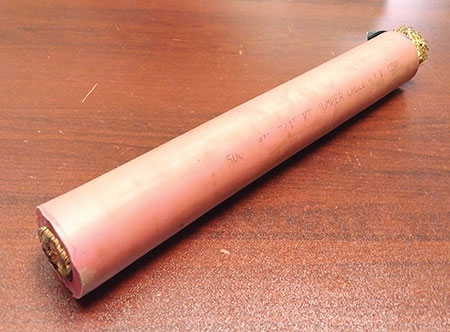

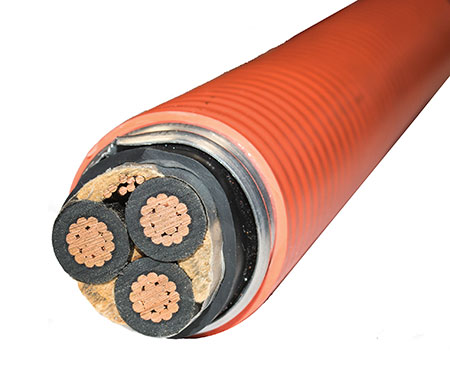

The new definition for cable recognises a manufactured assembly of one or more insulated conductors that has a continuous overall covering providing electrical, mechanical and environmental protection to the assembly. Examples of cable include non-metallic-sheathed cables (NMD90, NMWU etc.), armoured cables (AC90, TECK90, ACWU etc.), mineral-insulated cable (MI), aluminum-sheathed cable (RA75, RA90), copper-sheathed cable (RC90), tray cable (TC), solar photovoltaic cable (RPVU) to name a few. A more complete list of cables can be found in the CE Code Table 19. Cables are typically installed in or on building structures or equipment without the use of a raceway.
The new definition of jacket recognises a non-metallic covering on a cable that provides mechanical and environmental protection for the cable. Examples of the jacket on a cable is the outer material on TECK90 cables, single conductor RA90 or ACWU90 cables.
The final new definition in this series is for wire; this definition simply directs code users to the definition of conductor. The 2018 CE Code does not recognise a difference between a wire and a conductor.
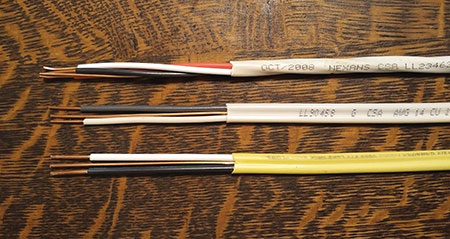
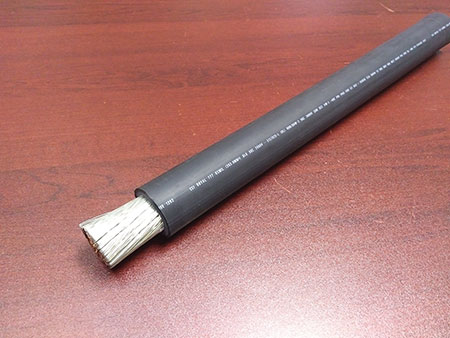

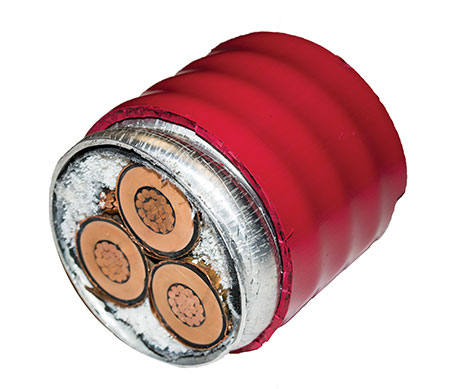

The next steps in this evolution are to review the use of the newly defined wording in the CE Code and to start work on aligning it with the wording in the product standards.
By the publication date of this article, 43 code proposals would have been sent in to align the use of the words “conductor”, “cable”, and “jacket”, throughout the CE Code with the new definitions.
As part of the CE Code Section 0 subcommittee recommendation, the subcommittee for the General requirements — Canadian Electrical Code, Part II CSA Standard C22.2 No 0, has been informed of the changes to the CE Code to initiate harmonization of the words “conductor”, “cable”, and “jacket”.
In addition, the Technical Committee on Wiring Products (TCWP) will be discussing the definition changes in the CE Code, and will develop an action plan to address the use of the words “conductor”, “cable”, and “jacket” throughout all the wiring product standards.

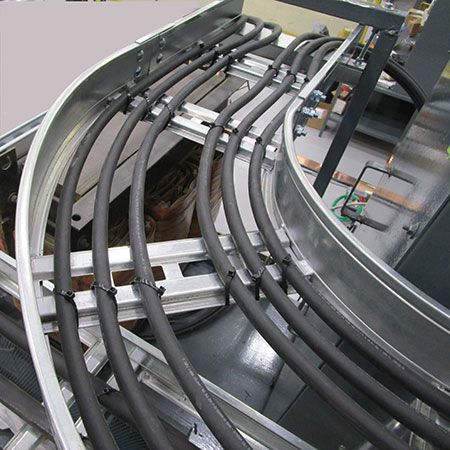






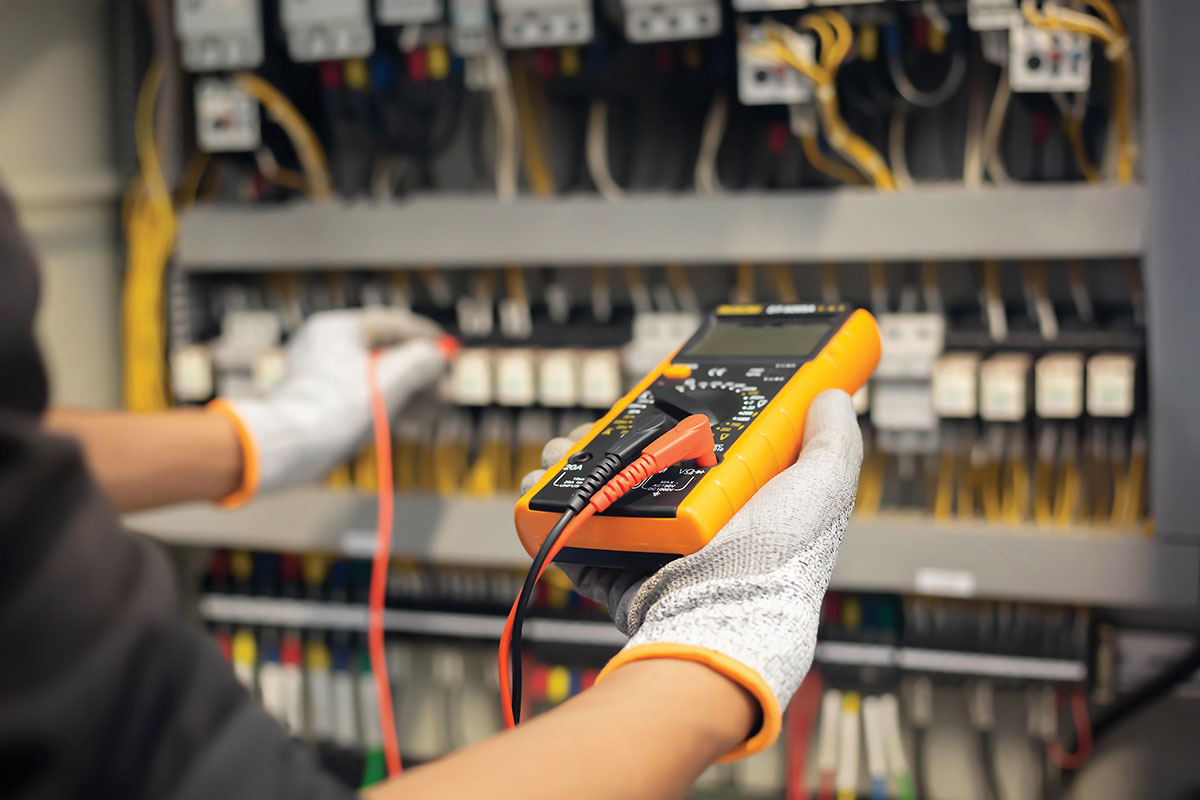
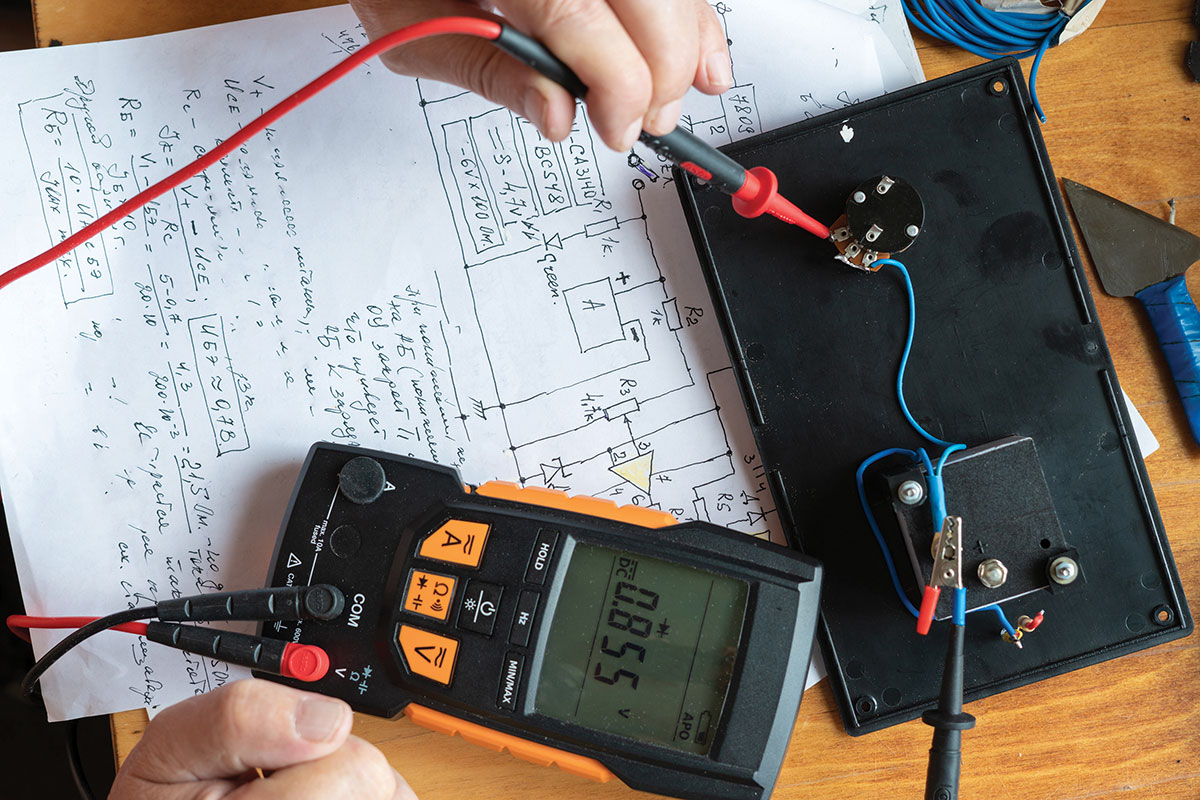
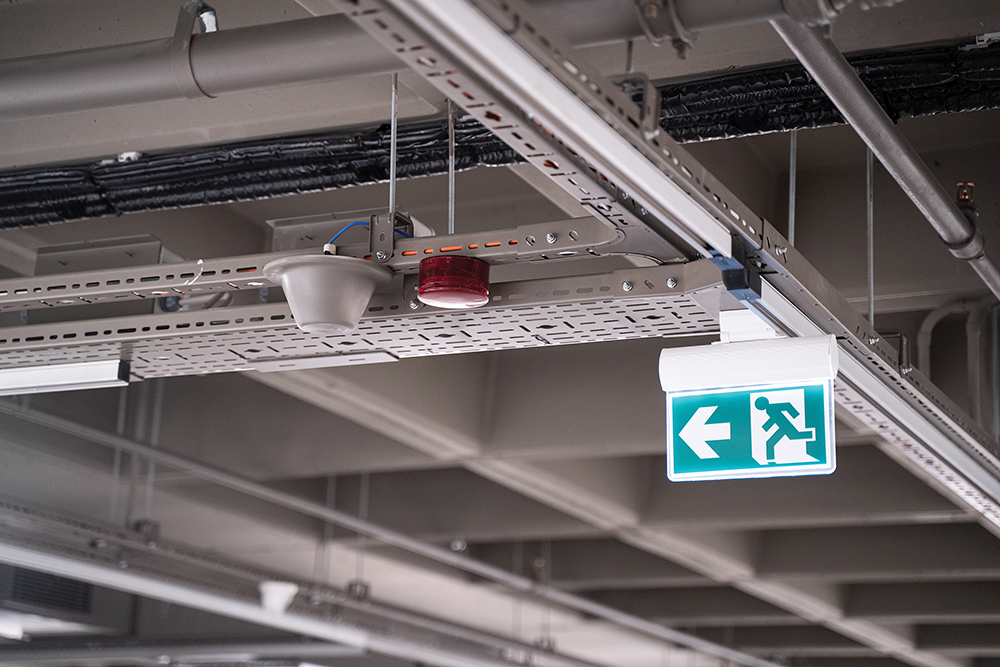
Find Us on Socials